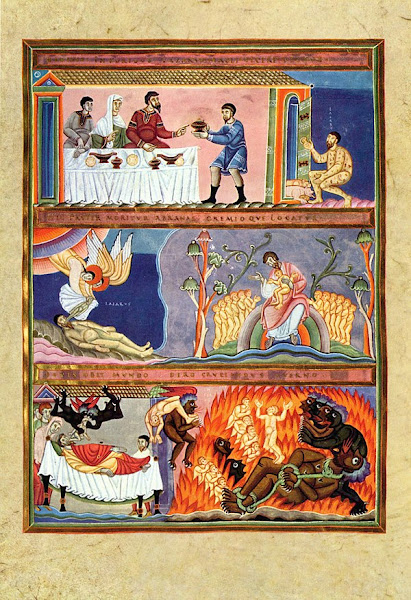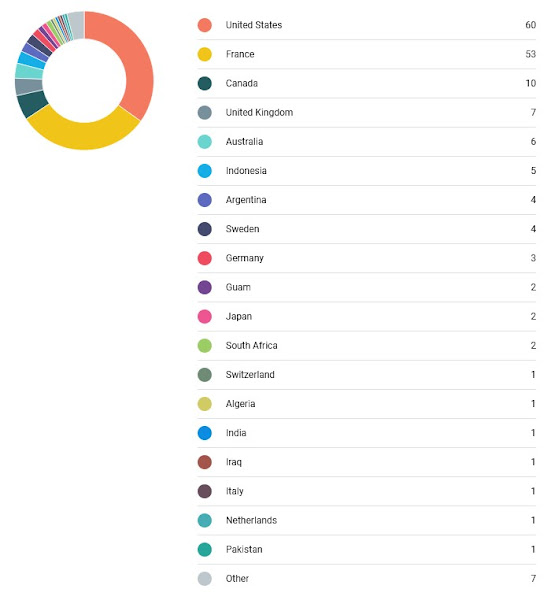11th World Shakespeare Congress, 18-24 July, 2021 (and raspberry picking time)

The 11th World Shakespeare Congress takes place this year from the 18th through the 24th of July. (Many thanks to a member of the Facebook “Shakespeare and Early Modern friends” forum for alerting readers to this.) On Monday, July 19, this will include a panel/Q&A on Hamlet, from 11:10-11:40 Singapore Time. (Times on the program are all listed in Singapore Time, UTC+08). There will be a Pre-Congress opening on July 1 which will feature 14 recorded panels, 10 online performances, and 8 watch parties “with directors sharing and discussing clips.” Register at http://www.wsc2021.org/registration.html Program image (below raspberry pics) from http://wsc2021.org/wsc.pdf My son is visiting from out of town, so we are doing some special activities with our son and daughter this week. Also, it is raspberry-picking season in our backyard (we have 4 varieties of reds, one of blacks, and one of purples, all ripening and ready to pick each day, yielding many quarts for fresh eati





